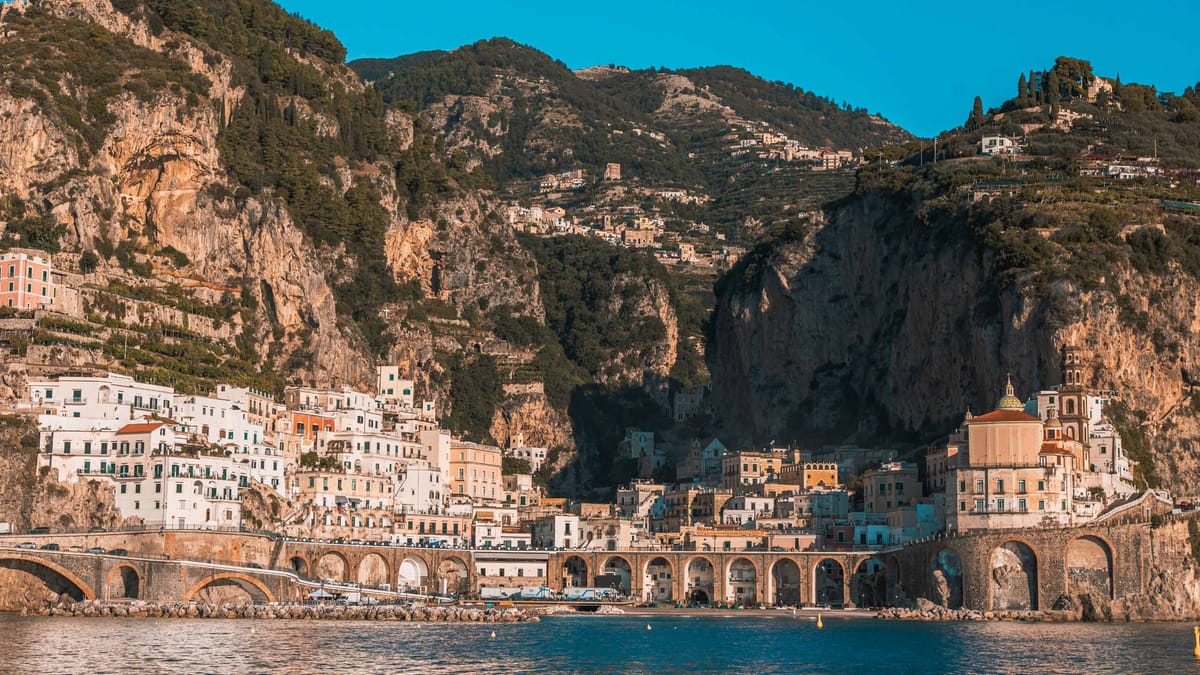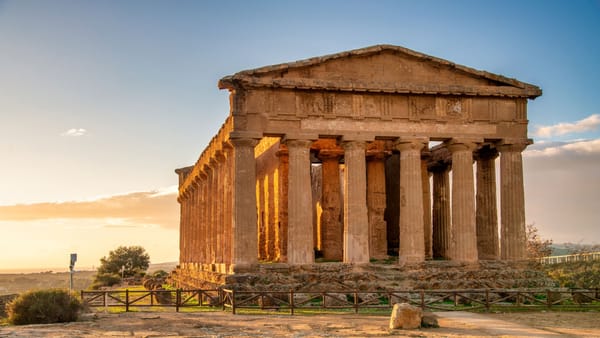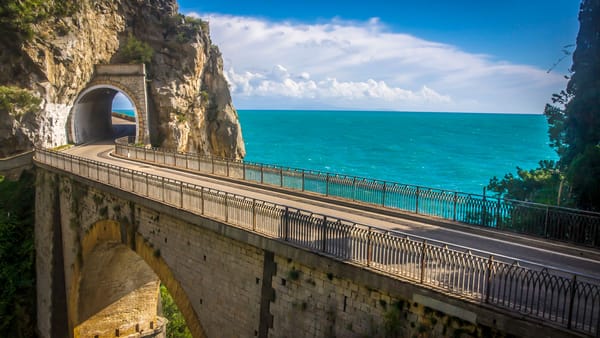The Road Less Traveled
As the sun rises over the Bay of Naples, casting its warm glow over the winding streets and coastal roads, "Diario 500," a bright blue Fiat 500, is ready for another day of adventure. This beloved car has traveled across Southern Italy, weaving through grand cities like Naples and Palermo. However, it truly cherishes the hidden gems—the small, charming towns that dot the landscape, often overlooked by tourists yet rich in history, culture, and beauty.
"Diario 500" knows that these lesser-known towns offer the true essence of Southern Italy. They are places where time seems to slow down, where local traditions remain untouched, and the warmth of the people makes you feel instantly at home. In this story, "Diario 500" will share its favorite small towns in Southern Italy, each one offering something unique and magical, far from the crowds and tourist hotspots. Let the journey begin.
Atrani – A Hidden Jewel on the Amalfi Coast
When most people think of the Amalfi Coast, they picture Positano or Amalfi, with their colorful houses and dramatic cliffs. But "Diario 500" knows that a hidden gem lies just a short drive away: Atrani. This tiny village, nestled between two cliffs, is the smallest town in Italy by area, and its charm is as immense as its size is small.
Driving through the winding roads that hug the coast, "Diario 500" loves the feeling of discovery as it rolls into Atrani’s quiet piazza, Piazza Umberto I. The town’s whitewashed buildings and narrow streets have remained unchanged for centuries. The scent of lemons fills the air, and the only sounds are the gentle waves lapping against the shore and the occasional church bell echoing from the nearby Santa Maria Maddalena.
Atrani feels like a place lost in time. Its medieval alleys, staircases, and vaulted passageways create a labyrinthine atmosphere that invites exploration. "Diario 500" particularly enjoys parking near the beach and walking through the town’s narrow streets, where locals sit outside their homes, chatting and watching the world go by. The beach, far quieter than its neighboring towns, is a perfect spot to relax and take in the views of the sparkling Mediterranean.
For "Diario 500," Atrani’s beauty lies in its simplicity. It’s a town where life is unhurried, where you can enjoy a coffee at a small café and watch the fishermen bring in their daily catch. Atrani is a reminder that even on the world-famous Amalfi Coast, there are places where time slows down, and the magic of Southern Italy reveals itself in quiet moments.
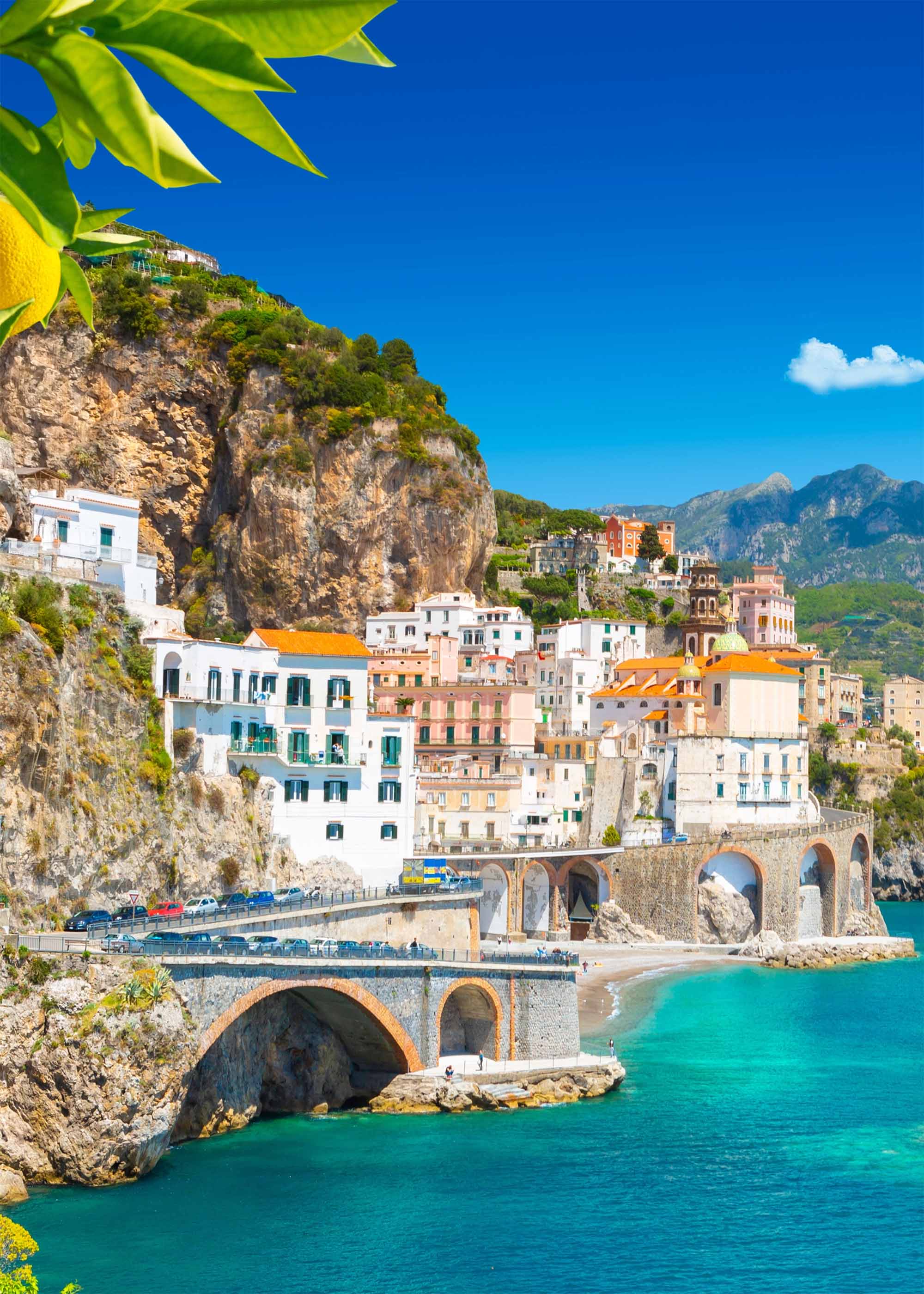
Maratea – The Pearl of the Tyrrhenian
Heading further south, "Diario 500" turns its attention to Maratea, a coastal town in the Basilicata region. Known as the "Pearl of the Tyrrhenian," Maratea is one of Southern Italy’s best-kept secrets, with its rugged coastline, pristine beaches, and hilltop villages. What makes Maratea particularly special to "Diario 500" is its dramatic setting, where the mountains meet the sea in a spectacular display of natural beauty.
As "Diario 500" approaches Maratea, the first thing that catches its eye is the towering statue of Christ the Redeemer, perched high on Monte San Biagio. This statue, second only to Rio de Janeiro’s size, overlooks the town and the sea, symbolizing protection and faith. "Diario 500" enjoys winding its way up the mountain to the statue, where the panoramic views are breathtaking. From this vantage point, you can see the entire coastline, dotted with hidden coves and crystal-clear waters.
The heart of Maratea, however, lies in its historic center, with its cobbled streets, Baroque churches, and small piazzas. One of "Diario 500’s" favorite spots is the 11th-century Church of San Vito, with its beautiful frescoes and peaceful atmosphere. The town’s quiet charm starkly contrasts the busy coastal resorts, making it a perfect retreat for those seeking tranquility.
But Maratea isn’t just about history and views. The town boasts some of the best beaches in Southern Italy, many of which are only accessible by boat or on foot. "Diario 500" loves driving along the coast, stopping at Spiaggia Nera, a unique black sand beach, and the secluded Cala Jannita, surrounded by lush greenery and rocky cliffs. These hidden gems are the perfect spots to escape the heat and enjoy the pristine waters of the Tyrrhenian Sea.
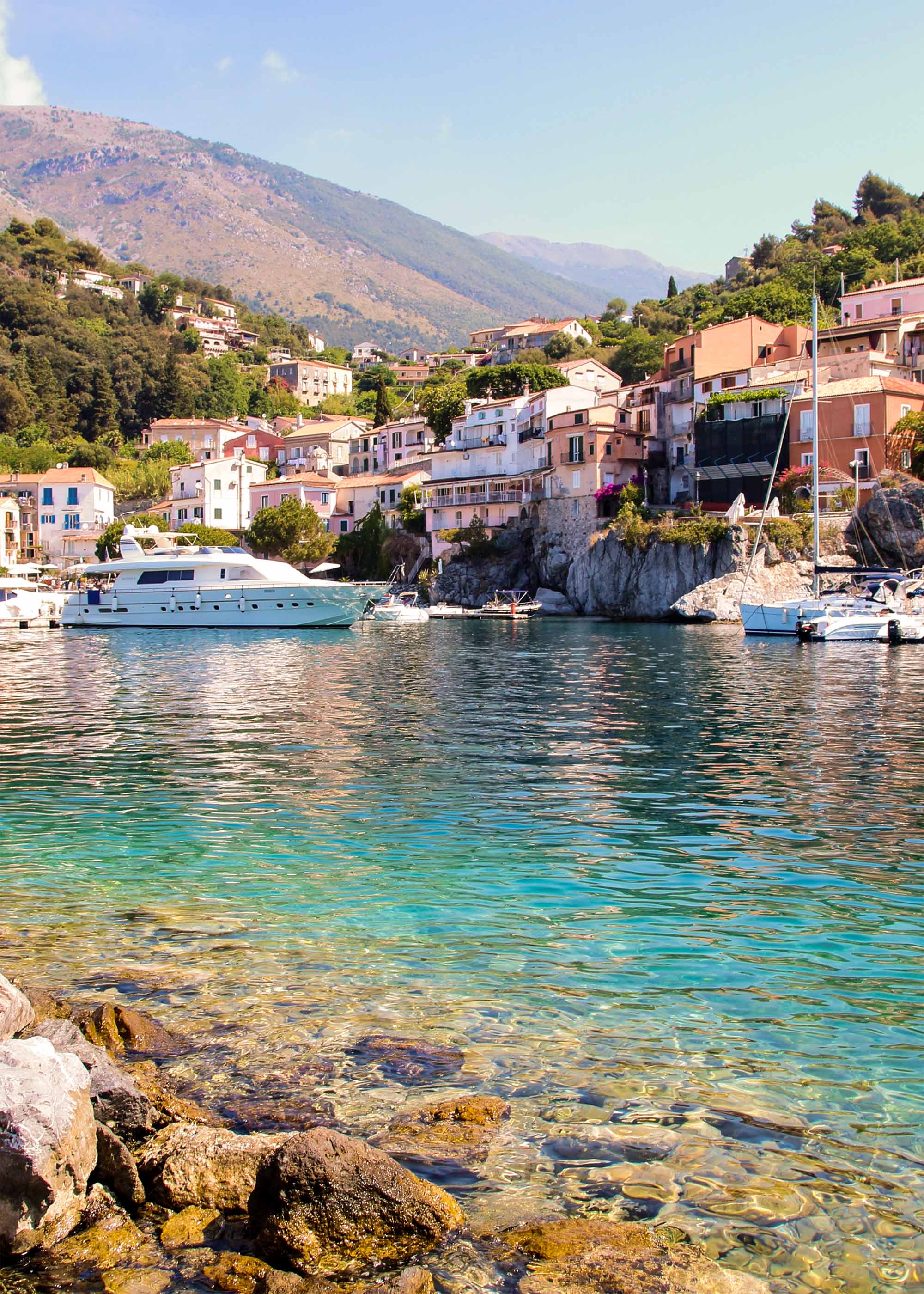
Scilla – A Mythical Beauty
From the mountains of Basilicata, "Diario 500" heads south to the region of Calabria, where the mythical town of Scilla awaits. Named after the sea monster from Greek mythology, Scilla is a place where history and legend come together in a stunning coastal setting. Perched on the Strait of Messina, Scilla is known for its beautiful beaches, picturesque fishing village, and the imposing Castello Ruffo, which stands guard over the town.
As "Diario 500" drives into Scilla, the town’s two distinct parts are greeted by the historic district of Chianalea and the beachside area of Marina Grande. Chianalea, often called the "Venice of the South," is a maze of narrow streets and stone houses built directly on the water. "Diario 500" loves parking here and strolling through the alleyways, where small fishing boats are moored right at the doorstep of the houses. The sound of the sea is a constant companion as waves gently lap against the stone walls.
One of "Diario 500’s" favorite experiences in Scilla is enjoying a meal at a waterfront trattoria in Chianalea, where freshly caught swordfish, a local delicacy, is prepared traditionally. The simplicity of the food, combined with the stunning views of the strait, makes for an unforgettable dining experience.
After a leisurely meal, "Diario 500" heads to the Castello Ruffo, perched on a rocky outcrop overlooking the sea. From here, the views stretch across the Strait of Messina, with the distant silhouette of Sicily visible on the horizon. The castle, with its ancient walls and towers, has a storied history, having served as a fortress, a noble residence, and even a prison. Exploring its halls, "Diario 500" can almost hear the echoes of the past when this strategic point was the site of battles and legends.
For "Diario 500," Scilla is a place where myth and reality blend seamlessly. Its beauty lies not only in its stunning coastal setting but in its rich history, vibrant fishing traditions, and timelessness permeating the town.
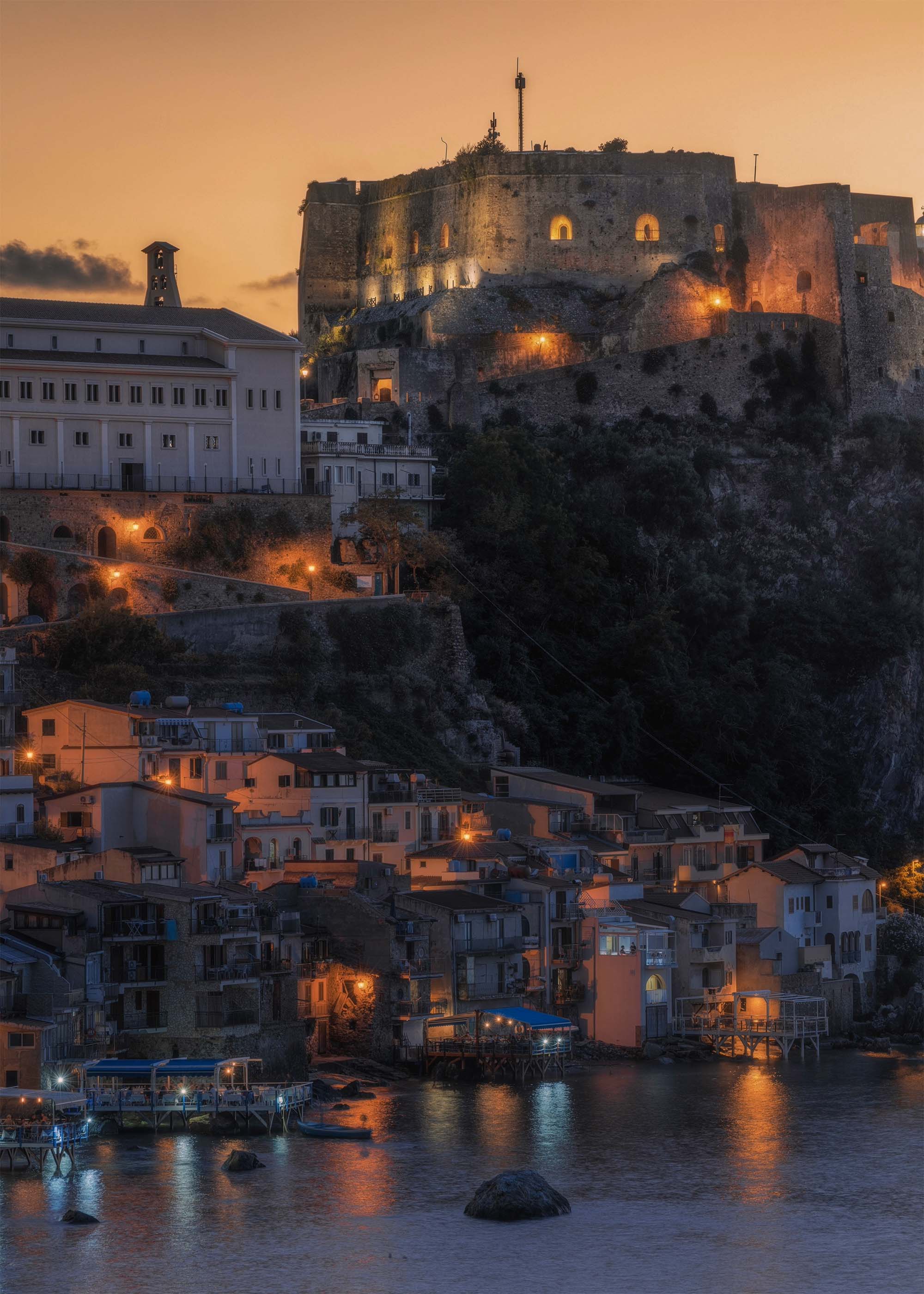
Morano Calabro – A Mountain Gem
Leaving the coast behind, "Diario 500" ventures inland to discover one of Calabria’s most picturesque mountain towns: Morano Calabro. Nestled at the foot of the Pollino Massif, this medieval town is a hidden gem, with its cluster of stone houses climbing the hillside-like steps, crowned by the imposing ruins of a Norman castle.
"Diario 500" loves the journey to Morano Calabro. The road winds through the Pollino National Park, offering stunning views of the mountains and valleys. The air is fresh and cool, a welcome contrast to the coast's heat. As the car enters the town, it feels like it has returned in time. The narrow streets, steep staircases, and ancient buildings give Morano Calabro an almost otherworldly charm.
One of "Diario 500’s" favorite spots in the town is the Church of San Bernardino, a beautiful Gothic structure with stunning frescoes and a peaceful cloister. The town’s rich religious history is evident in its many churches, each with unique architecture and artwork.
But the real highlight of Morano Calabro is the Norman castle, perched high above the town. "Diario 500" enjoys the drive up the steep hill to the castle, where the views of the surrounding mountains and valleys are breathtaking. Though partially in ruins, the castle still retains its medieval charm, and exploring its walls and towers is like stepping into a fairy tale.
For "Diario 500," Morano Calabro is a place of tranquility and beauty, where the pace of life is slow, and the connection to the past is palpable. It’s a town where you can wander through the streets, breathe in the mountain air, and feel a sense of peace that is hard to find in the busier parts of Southern Italy.
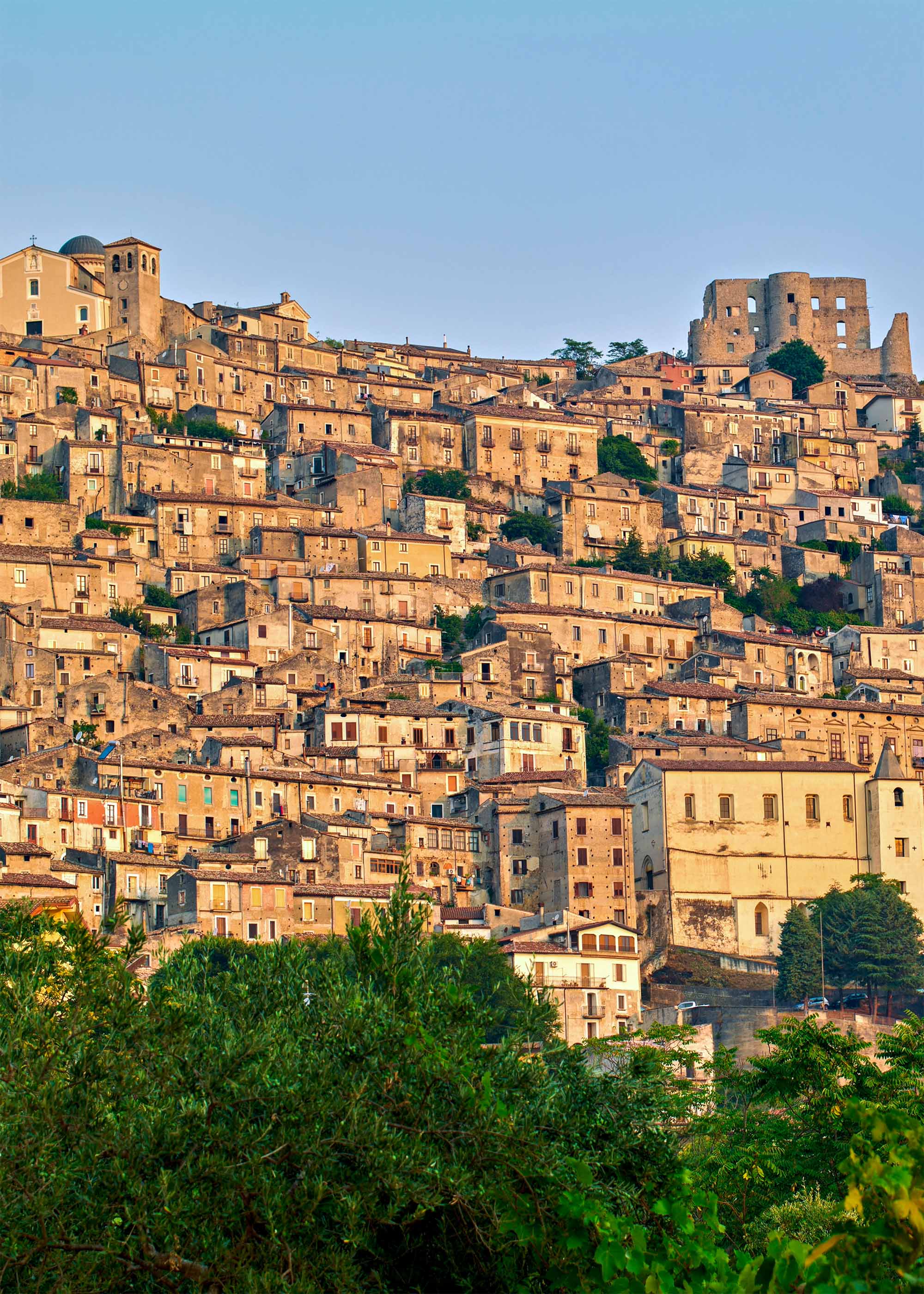
Locorotondo – The White Circle of Puglia
After exploring the mountains of Calabria, "Diario 500" turns its attention to the enchanting region of Puglia, where the town of Locorotondo awaits. Located in the heart of the Valle d'Itria, Locorotondo is one of the most beautiful towns in Puglia, known for its circular layout, whitewashed buildings, and panoramic views of the surrounding countryside.
As "Diario 500" approaches Locorotondo, it’s immediately struck by the town’s unique appearance. From a distance, the city looks like a white crown atop a hill, its narrow streets radiating in a circular pattern. The car enjoys navigating the town’s well-preserved historic center, where the streets are lined with charming white houses adorned with colorful flowers.
Locorotondo is a town to be explored on foot, and "Diario 500" loves parking near the town’s ancient walls and wandering through the maze of streets. The town’s name, which means "round place," comes from its perfectly circular old town, and walking through its labyrinthine streets is like traveling through time. Every corner reveals a new surprise, from small chapels and baroque churches to artisan shops selling local crafts and wines.
One of "Diario 500’s" favorite spots in Locorotondo is the Church of San Giorgio, a beautiful baroque church that dominates the town’s main square. The church's interior is a masterpiece of art and architecture, with intricate frescoes and ornate altars that reflect the town’s rich religious history.
But Locorotondo’s charm extends beyond its architecture. The town is also famous for its wine, particularly its white wines, produced from the surrounding vineyards. "Diario 500" recommends stopping at one of the local enotecas to sample the crisp, refreshing wines of the region, which pair perfectly with the local cuisine.
For "Diario 500," Locorotondo is a place of beauty and elegance, where the whitewashed streets and the rolling hills of the Valle d'Itria create a picture-perfect setting. It’s a timeless and welcoming town where tradition and modern life coexist perfectly.
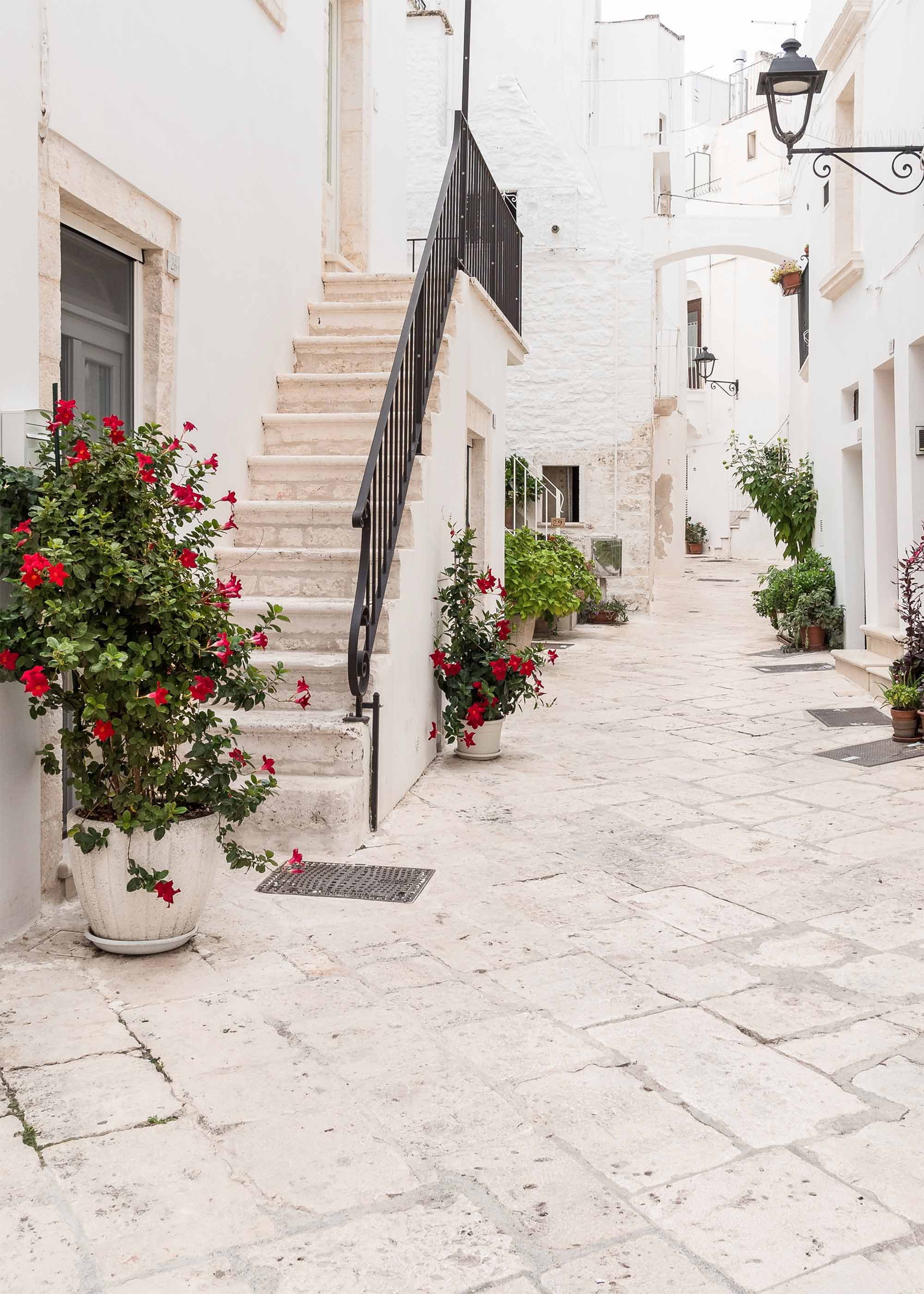
Castiglione di Sicilia – Sicily’s Secret
As the journey continues, "Diario 500" sets its sights on Sicily, where the town of Castiglione di Sicilia offers a glimpse into the island’s lesser-known treasures. Nestled on the slopes of Mount Etna, Castiglione di Sicilia is a small medieval town that boasts stunning views, a rich history, and some of the best wines in Sicily.
"Diario 500" loves the drive to Castiglione di Sicilia. The road winds through vineyards, olive groves, and orchards, with the majestic silhouette of Mount Etna looming in the background. The town is a maze of narrow streets and stone houses, many dating back to the medieval period. As the car enters the town, it’s greeted by the imposing Castello di Lauria, a Norman fortress that offers panoramic views of the Alcantara Valley.
One of "Diario 500’s" favorite experiences in Castiglione di Sicilia is exploring the town’s historic center, where ancient churches, piazzas, and palaces create a sense of timelessness. The town’s main square, Piazza Sant'Antonio, is a perfect spot to enjoy a coffee and watch the world go by, while the nearby Church of San Pietro offers a glimpse into the town’s religious heritage.
But what truly makes Castiglione di Sicilia unique to "Diario 500" is its connection to the land. The town is located in the heart of the Etna wine region, and the volcanic soil of Mount Etna produces some of the best wines in Sicily. "Diario 500" recommends visiting one of the local wineries to sample the region’s famous Nerello Mascalese and Carricante wines, known for their rich, complex flavors.
For "Diario 500," Castiglione di Sicilia is a town that embodies the spirit of Sicily—wild, beautiful, and deeply connected to its history and traditions. It’s a place where the past and present meet and where the land itself seems to tell the story of the people who have lived there for centuries.

Glossary of Key Terms
Amalfi Coast: A scenic stretch of coastline in Southern Italy, famous for its dramatic cliffs, picturesque towns, and beautiful scenery.
Basilicata: A region in Southern Italy, known for its rugged landscapes, mountains, and coastal areas.
Calabria: The southernmost region of mainland Italy, characterized by its long coastline, rugged mountains, and historical sites.
Castello Ruffo: A castle located in Scilla, with a storied history, serving as a fortress, noble residence, and prison, offering panoramic views.
Chianalea: The historical district of Scilla, known as the "Venice of the South", with houses built directly on the water.
Fiat 500: A compact Italian car, in this case a bright blue one, used by "Diario 500" for its journeys through Southern Italy.
Locorotondo: A town in Puglia known for its unique circular layout, whitewashed buildings, and vineyards.
Maratea: A coastal town in Basilicata, often called the "Pearl of the Tyrrhenian," known for its dramatic coastline and Christ the Redeemer statue.
Mount Etna: An active volcano in Sicily, whose volcanic soil contributes to the region's unique wine production.
Monte San Biagio: The mountain where the statue of Christ the Redeemer overlooks the town of Maratea.
Morano Calabro: A mountain town in Calabria known for its medieval architecture, Norman castle, and slow pace of life.
Piazza Umberto I: The main square in Atrani, representing a place of gathering and local life.
Pollino Massif: A mountain range and national park in the region of Calabria, with stunning views and cool fresh air.
Puglia: A region in Southern Italy, known for its whitewashed towns, rolling hills, and vineyards.
Scilla: A coastal town in Calabria, known for its mythical history, picturesque fishing village, and the Castello Ruffo.
Slow Travel: A travel philosophy that emphasizes experiencing a place in a deeper way, taking time to appreciate culture, local life, and the beauty of a location.
Spiaggia Nera: A unique black sand beach located in the Maratea region, in Basilicata.
Strait of Messina: The narrow body of water separating Sicily from mainland Italy.
Tyrrhenian Sea: A part of the Mediterranean Sea located along the western coast of Italy.
Valle d'Itria: A valley in Puglia known for its whitewashed towns, rolling hills, and vineyards, where Locorotondo is located.
Embracing the Journey
As "Diario 500" reflects on its journey through Southern Italy, it’s clear that the true beauty of this region lies not just in its famous cities and coastal resorts but in its small towns, where the pace of life is slower, the people are welcoming, and the connection to history and tradition is strong.
These small towns—Atrani, Maratea, Scilla, Morano Calabro, Locorotondo, and Castiglione di Sicilia—each offer something unique and special. They are places where you can wander through ancient streets, enjoy a meal in a family-run trattoria, and feel the warmth of Southern Italian hospitality. For "Diario 500," these towns represent the heart and soul of Southern Italy, and they are the places that will forever hold a special place in its heart.
As the journey ends, "Diario 500" leaves with a sense of fulfillment and joy, knowing that these small towns have left an indelible mark on its memory. And while the car’s adventures may continue, these hidden gems of Southern Italy will always remain "Diario 500’s" favorite places to visit—quiet, beautiful, and full of the magic that makes Southern Italy unique.
The road may be long, but for "Diario 500," the journey is always worth it.

